Te Ao o Hinepehinga : 10 Inspiring Māori Actress Taking Hollywood by Storm
Introduction to te ao o hinepehinga
Over the past few a long time, Te Ao o Hinepehinga the world has seen a solid wave of Māori ladies rise onto the worldwide arrange, not basically as performing artists, but as social envoys. These wāhine Māori are changined in Hollywood. Theirs are stories of versatility, personality, and craftsmanship. From multiracial stars breaking boundaries in blockbusters and award-winning appears, to those flying the hail for Māori personality with exhibitions aware of their roots all illustrate that Hollywood is no longer only observing, but is tuning in. Here we are celebrating 10 momentous Māori on-screen characters ruling Hollywood: who they are, where they’ve been, what they’ve done, and why their voices are more pivotal presently than ever
Who Are These Māori Performing artists – A Snapshot
Māori performing artists in Hollywood are not a homogenous gather; they speak to differing histories, foundations, and ventures. A few are born in Unused Zealand to Māori guardians, whereas others have Māori parentage connecting them back to Māori iwi (tribes). Their popularity levels change from well-established stars to up-and-coming ability, but what they all share is perceivability, representation, and an expanding impact to tell stories—not essentially to fill positions, but to be able to impact how they are composed and how culture is honored on screen.
Keala Settle: From Hawaii to Worldwide Melodic Stardom
Keala Settle is a extraordinary case of how consolidating legacy and ability is able to allure around the world offer. Born in Hawaii to a Māori mother of iwi affiliations Ngāti Rangitāne, Ngāti Raukawa, and Ngāti Kahungunu, Settle’s roots are established in the Māori world.
Celebrity Birthdays
+3
Wikipedia
+3
Spitzberg Partners
+3
Her breakthrough was Lettie Lutz in The Most noteworthy Player (2017), where her interpretation of “This Is Me” got to be an song of devotion, and it won the Brilliant Globe for Best Unique Song.
NewsHub
+2
Wikipedia
+2
Aside from her singing ability, it’s her validity and vulnerability—her openness to uncovering her half-ancestry, learning almost the culture, and talking about character in public—that have charmed her as a part model.
She proceeds to embrace huge roles musical theater, screen, etc.—which both proclaim her ability and amplify her Māori personality. Her way infers that genuineness wins through, and gatherings of people all inclusive are more open than ever some time recently to voices that offer something distinct.
Sasha Path: Blended Roots, Solid Presence
Sasha Path is however another up-and-coming star of Māori parentage. She was born in Houston, Texas, and her mother is Unused Zealand-born with Māori roots.
Her huge break was American Nectar (2016), found in an flighty way (amid spring break), which demonstrates how luck can bring expansive openings. Her consequent parts have been changed, and she’s presently way better known not as it were for her acting but for her nearness, both on and off the screen.
Lane’s history appears how blended legacy doesn’t water down personality; it improves it. Her Māori legacy is portion of who she is, but she isn’t characterized by it. Her accomplishments offer assistance bring approximately representation on a more extensive scale, especially for those who possess two cultures.
Erana James: Youth, Coarseness, and The Wilds Breakthrough
Erana James was born in Whangārei, Unused Zealand, to Māori guardians and brought up with solid associations to her iwi Ngāti Whātua Ōrākei and Waikato Tainui.
Her breakthrough was in the arrangement The Wilds (2020–2022), where she played Toni Shalifoe. Universal consideration, especially from more youthful gatherings of people, came with that part. That execution grandstands her profundity, her extend, and too the quality of representation in putting a youthful Māori lady at the center of stories that aren’t only almost being Innate but around common themes—adolescence, injury, development.
Wikipedia
Her way shows that the future era of Māori performing artists will not as it were work in Hollywood but will too be at the steerage of stories that count.
Miriama McDowell: Organize, Screen, and Social Leadership
Miriama McDowell is one of the names that include gravity and development to the dialog. She’s an experienced entertainer in Unused Zealand theater, and has branched out into film and TV, as often as possible selecting for parts that meet at the crossing point of Māori culture, personality, and language.
Her preparing (Toi Whakaari) and continuous work in all shapes (organize, screen, composing, coordinating) give her with a unmistakable voice in Māori narrating. She is not fair an performing artist playing a part but moreover educating how the part is created. She composes plays, coordinates, and makes beyond any doubt Te Ao o Hinepehinga Māori women’s stories are spoken to from the interior out.
McDowell is a update that victory in Hollywood is not fair almost being in big-budget films—it’s too around social administration, mentorship, and building establishments so that the following era has more grounded bolster.
Rachel House & Others: Pioneers and Veterans
As more up to date stars develop, the establishment was made by past pathbreakers. Rachel House, for occurrence, has been included in both Modern Zealand and worldwide movies she given voice parts in Moana, was in Thor: Ragnarok, Whale Rider, among other motion pictures that interface standard and Te Ao o Hinepehinga Māori-targeted movies.
These veterans demonstrate that there is room for Te Ao o Hinepehinga Māori nearness in huge establishments, liveliness, and socially particular stories. They have too taken in some cases the parts that others might pass up—supporting, voice work, or parts that take off room for social profundity. Their unwavering quality and greatness make it more plausible that unused Te Ao o Hinepehinga Māori on-screen characters can command capable parts and social regard.
Representation Things: Why Māori in Hollywood Matters
On-screen perceivability does more than fair engage. It impacts discernments, gives mirrors for individuals who seldom get to see themselves, instructs gatherings of people, and opposes stereotypes.
When Innate on-screen characters are cast to play characters that are a portion of their culture, dialect, and accounts, it makes way for honest representation.
It smashs single-sided depictions of Inborn people.
It gives approval for youthful Innate young ladies that they as well are implied to be included in world storytelling.
And for the industry, it demands on more different casting, more social discussion, and wealthier stories.
The victory of Settle, Path, James, McDowell, House, and others is not exclusively their possess; it makes a difference to alter standards in Hollywood.
Challenges Confronted on the Street to Worldwide Recognition
Despite advance, Te Ao o Hinepehinga Māori performing artists proceed to experience systemic barriers:
Stereotyping: being cast into parts that require “Indigenousess” and not universality.
Cultural intangibility: to have legacy that is not continuously recognized or celebrated.
Limited parts: Hollywood still has restricted openings for Inborn ladies, especially driving ones.
Accent, character weights: Every so often there is weight to curb legacy, alter complements, or delete unmistakable culture to accommodate to standard forms.
Access to systems and financing: Being inaccessible from Hollywood’s centers (Unused Zealand) implies less get to, less exposure.
Each of these issues requests mindfulness, allyship, and alteration in industry hone.
The Part of Culture, Dialect, and Character in Performance
Te Ao o Hinepehinga Māori performing artists present not fair performance—they present culture:
They might perform in Te Ao o Hinepehinga Māori (Māori dialect), or join Māori forms into their work.
They bring tikanga (traditions), histories, convictions that advise their viewpoint.
Their character illuminates the way in which they translate characters, connections, control, and storytelling.
This social establishment can too be a source of control, genuineness, specialist, and peculiarity in their performance.
Identity is subsequently not background it’s portion of create.
What’s Following: Up and coming Ventures and Future Stars
While a few stars are as of now sparkling, others are holding up in the wings. A few prospective ventures propose more prominent parts, more globally known movies. The following generation—young Māori on-screen characters coming up with more noteworthy awareness—are prepared to take off. Mentorship plans, worldwide co-productions, Te Ao o Hinepehinga Māori film commissions, and spilling destinations are all contributing to opening up openings. As request and mindfulness increment, more Māori ladies will pick up get to to driving parts, more differing stories, and the potential to reexamine overwhelming narratives.
FAQs of Te Ao o Hinepehinga
Q1: Who was the to begin with Te Ao o Hinepehinga Māori performing artist in Hollywood?
A1: Prior Māori appearances in universally dispersed movies are more troublesome to follow; one chronicled figure is Merle Oberon, who was of Indian and Māori plunge. In spite of the fact that she was born in India, she kept her Māori beginnings covered up at the starting of her Hollywood career since of racial predispositions in those days.
Te Ao Māori News
Q2: What is the legacy of Keala Settle and Sasha Lane?
A2: Erana James’ mother is Te Ao o Hinepehinga Māori from Modern Zealand (iwi Ngāti Rangitāne, Ngāti Raukawa, Ngāti Kahungunu) and her father is British.
Sasha Lane’s mother is of Māori legacy from Modern Zealand and African-American father.
Q3: What ways has Erana James connected her Te Ao o Hinepehinga Māori legacy to her acting?
A3: Erana James has talked about in interviews being brought up with Māori culture and iwi character in Unused Zealand. Her work, particularly on The Wilds, in spite of the fact that not fundamentally unmistakably Māori-themed, is upgraded by her genuine nearness and association to those origins.
Q4: Are there Māori on-screen characters performing in te reo Māori in Hollywood or abroad productions?
A4: Yes. There are a few on-screen characters who lock in in parts or pieces that incorporate te reo Māori and Māori culture. Additionally, a part of preparations in Modern Zealand are getting to be more comprehensive ofTe Ao o Hinepehinga te reo Māori. With the intrigued of worldwide preparations developing towards genuineness, there are more openings for Māori bridge parts where culture will be in center. (Particular occasions are extend and role-dependent.)
Q5: How do Unused Zealand film and theater educate contribute to the back of Te Ao o Hinepehinga Māori actresses?
A5: Teach such as Toi Whakaari (NZ Show School), Māori film commissions, theater companies, and gifts encourage the improvement of ability. They give preparing, social setting, mentorship, and presentation. They are basic pipelines for Māori on-screen characters to construct involvement and certainty. Miriama McDowell’s foundation is one such illustration: prepared at Toi Whakaari and working all through arrange and screen in NZ.
Wikipedia
Q6: Are blended legacy Te Ao o Hinepehinga Māori on-screen characters less likely to have Māori personality recognized in Hollywood?
A6: Once in a while; Hollywood has customarily favored effortlessness in personality for promoting or casting straightforwardness. Blended legacy on-screen characters tend to be constrained to stifle or conceal parcels of their character. But more present day on-screen characters are grasping all of their identity—and gatherings of people are emphatically responding to authenticity.
Q7: What are a few ventures coming up with Te Ao o Hinepehinga Māori actresses?
A7: Person declarations alter quick, but people such as Keala Settle are locked in in huge future preparations (e.g. Evil), and more youthful on-screen characters such as Erana James keep building their careers with worldwide introduction. Besides, more Māori-centric preparations are being commissioned, both locally and as portion of worldwide projects.
Q8: In what ways do Te Ao o Hinepehinga Māori social values shape how these on-screen characters take on roles?
A8: Māori values such as whakapapa (ancestry), whānau (family/community), mana (specialist, glory), and wairua (otherworldly existence) tend to direct how an performing artist comprehends her character’s connections, inspirations, and nearness. Most join their social information inside tryouts, character work, and execution. This can improve genuineness, enthusiastic profundity, and social lavishness in their roles.
Q9: How can gatherings of people bolster Te Ao o Hinepehinga Māori on-screen characters and Māori-led productions?
A9: Gatherings of people can help by: seeing their films/shows; pushing for their work; being a pundit of representation quality; gushing on and going to celebrations highlighting Māori preparations; acquiring or something else supporting media that legitimately reflects Māori culture; and pushing for financing and introduction for Inborn stories.
Q10: Will the number ofTe Ao o Hinepehinga Māori performing artists in universal lead parts likely increase?
A10: Yes the drift demonstrates so With expanded request for veritable representation, worldwide spilling stages looking for modern substance, expanded co-productions, and expanded Māori ability picking up preparing and opportunity, things are on the up. But it will take difficult work to break through basic deterrents, subsidizing abberations, and stereotyping.
Conclusion
The rise of Māori performing artists in Hollywood speaks to not fair a alter in who is seen on screen, but a move in who gets to tell stories, how character is communicated, and what groups of onlookers anticipate. Te Ao o Hinepehinga In a worldwide excitement scene ruled for so long by a limit set of voices, these ladies bring new point of view, passionate reverberation, and social lavishness. Their stories are compelling since they illustrate that perceivability can remedy, personality is not cripple but quality, and craftsmanship implanted with culture is best at being widespread.
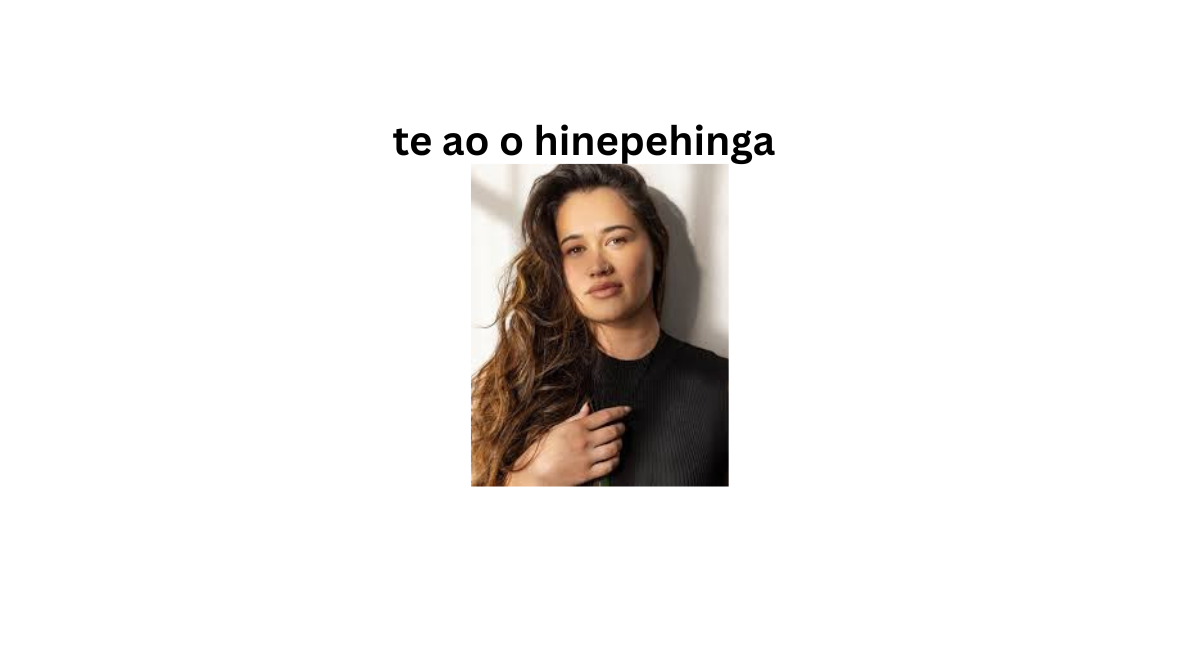
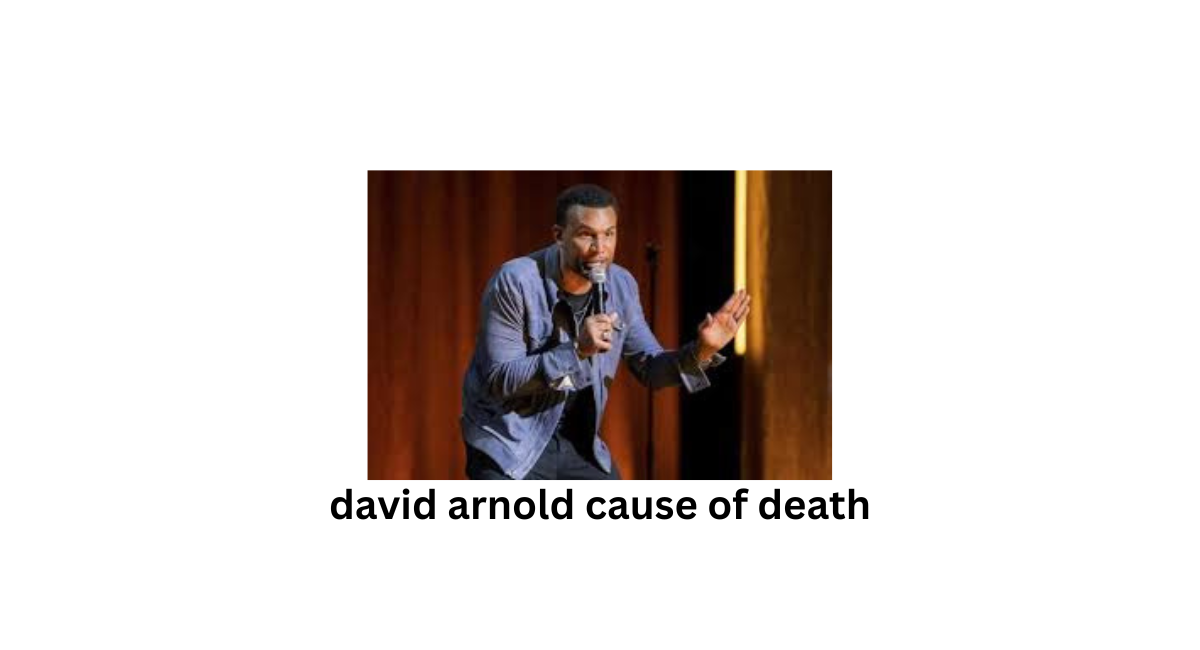

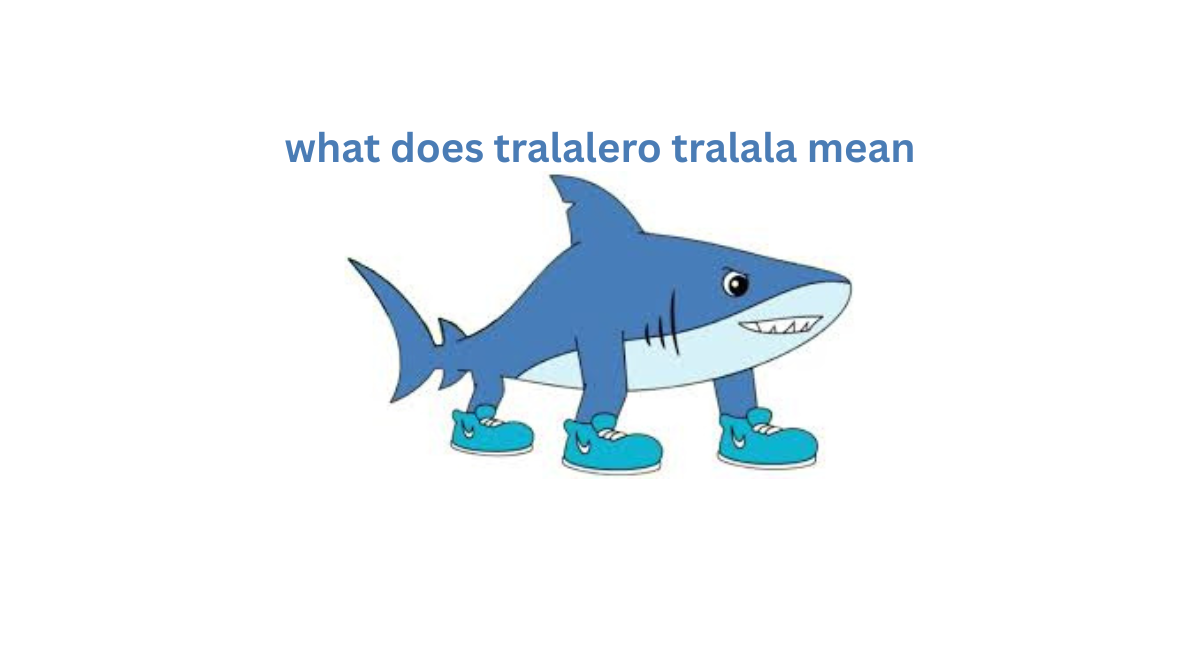
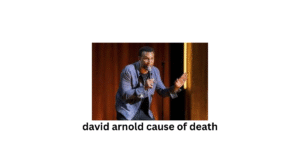
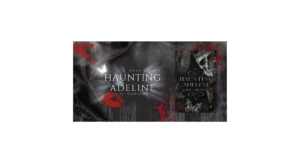
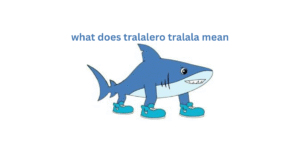
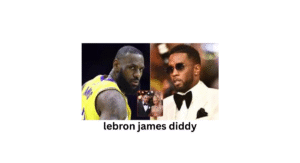
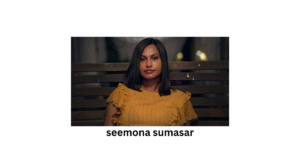
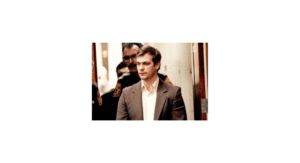
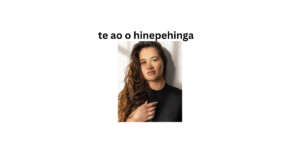

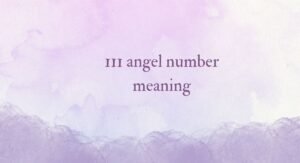
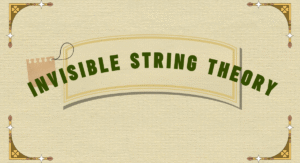
Post Comment